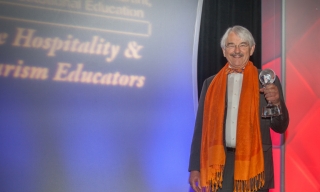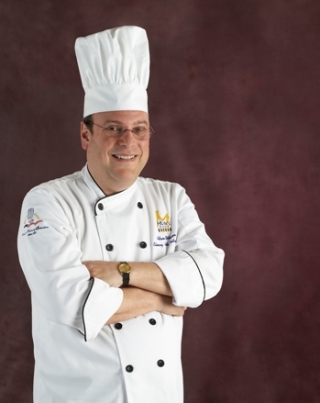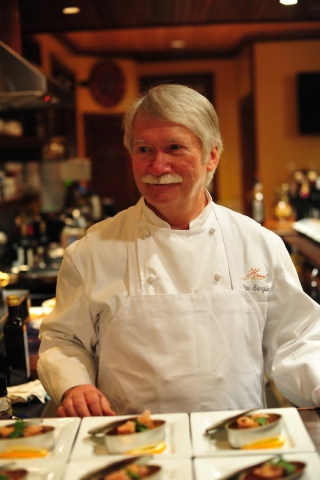
Providing Feedback for Papers in Online Courses
Wednesday, 27 January 2016 21:18Dr. Fred Mayo, CHE, CHT, provides instructors insight on grading online papers and when and how to give feedback to keep students motivated and instruction effective.

Dr. Fred Mayo, CHE, CHT, provides instructors insight on grading online papers and when and how to give feedback to keep students motivated and instruction effective.

New flavors and forms help drive demand for one of consumers’ favorite desserts in 2016. Yet when teaching pie-baking, according to Kendall College, the tried and true is key to success.
This month Dr. Mayo examines communication patterns, creating online assignments and email etiquette in online teaching.

Culinary instructors face unique challenges in maintaining a healthy weight. Chef Weiner shows you how to lose weight by example.

“If you’re any good at all, you know you can be better.” Lindsay Buckingham